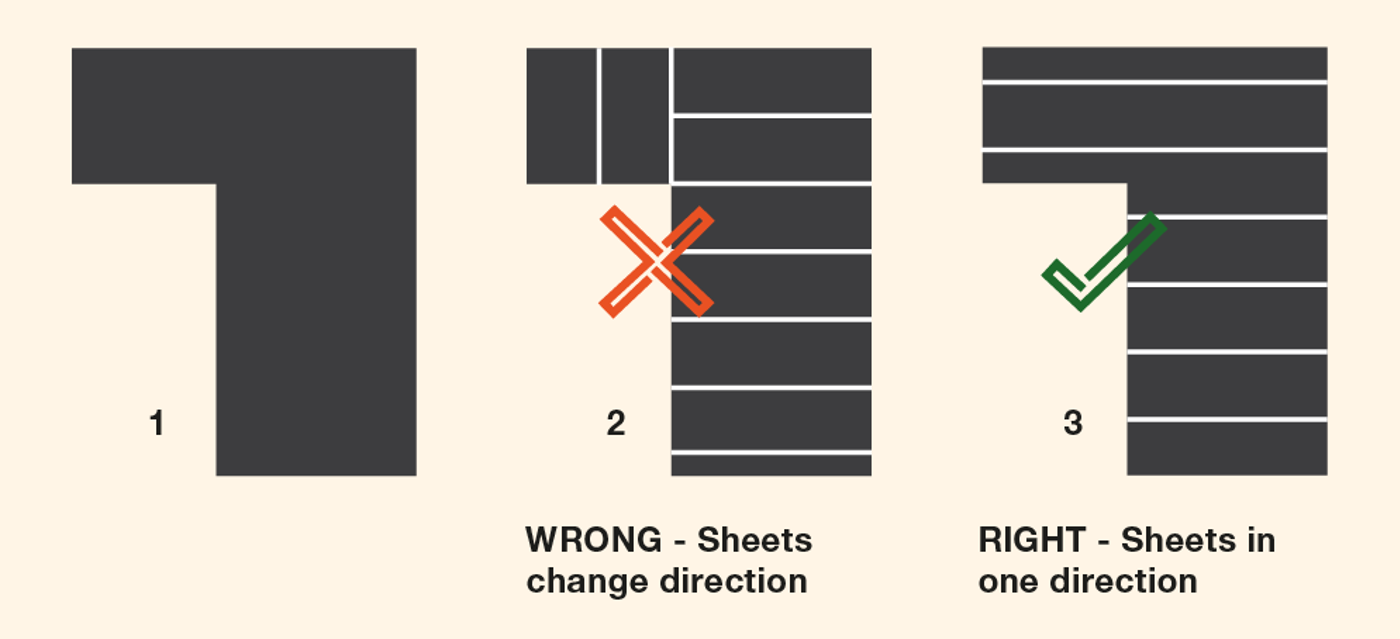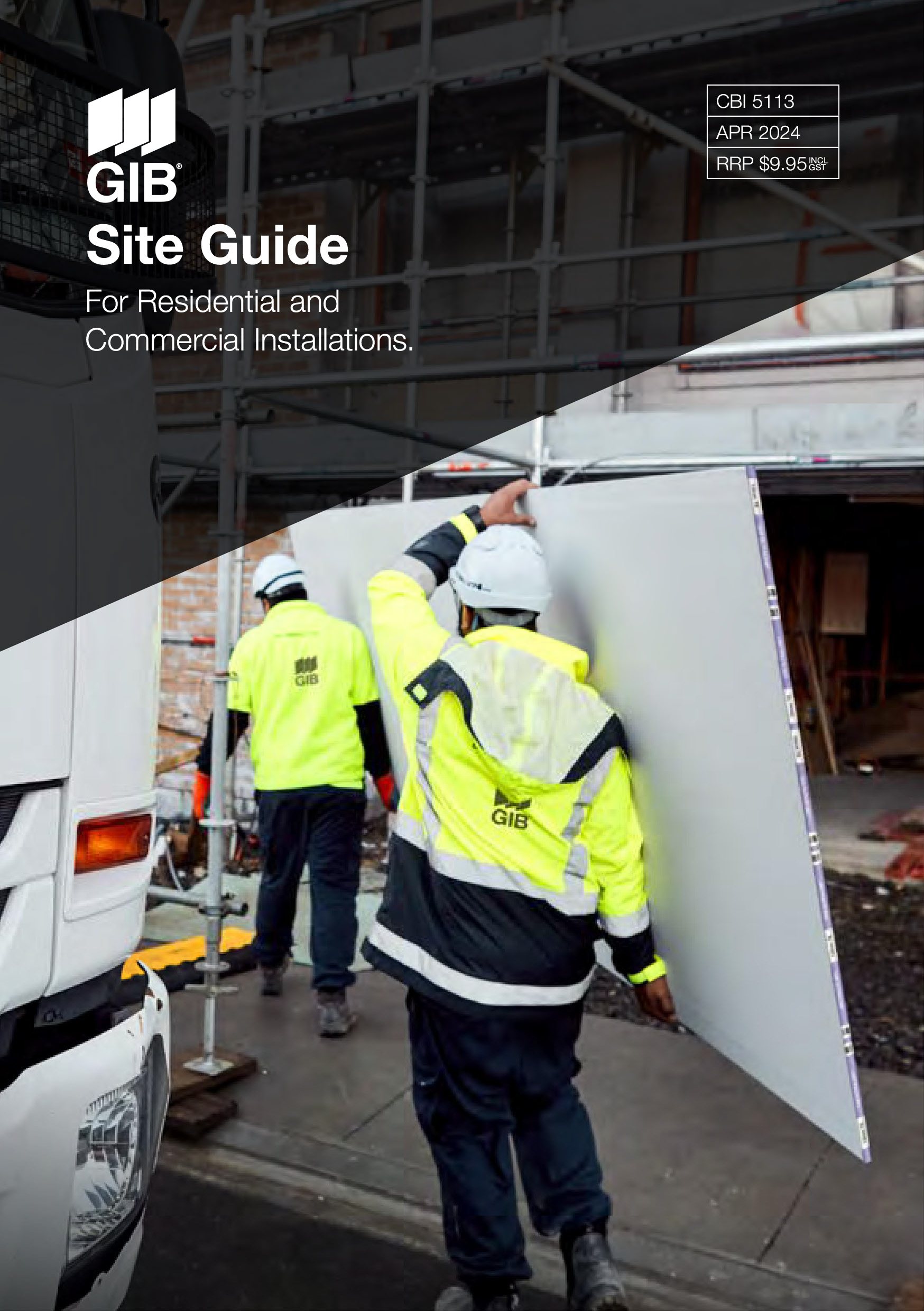
7 Things to consider when installing GIB Ceiling Installation
01. Battens - The use of GIB® Rondo® metal ceiling battens is recommended to achieve a stable substrate.
02. Batten installation - It is important that all ceiling battens run the same way within a ceiling plane. Although this may require some additional nogging to be installed, it ensures that all sheets’ edge joints will be running in the same direction.
1 — e.g. lounge, kitchen, dining area
2 — Tapered edge to cut edge joints is highly susceptible to cracking
3 — Additional nogs may be required in this area

03. Plasterboard - Thicker 13mm GIB® Standard plasterboard is more rigid and less prone to sagging than 10mm plasterboard in a ceiling application. It is recommended that 13mm GIB® Standard plasterboard is supported at no more than 600mm centres, resulting
in less battens being used for the job and less fasteners, meaning you will achieve an overall smoother finish.
When batten, labour and board costs are taken into account, this system is cost effective as well as being the least prone to finishing defects.
Note: 10mm plasterboard will sag significantly more than the equivalent 13mm plasterboard on the same batten spacing. Given the wet humid conditions prevalent across many parts of New Zealand ceiling sag can be amplified. To meet the high expectations of the New Zealand market, 10mm plasterboard must be installed at maximum 450mm batten spacings and 13mm plasterboard at maximum 600mm batten spacing.
4. Point loading - To limit sag, loads on GIB® plasterboard ceilings must not exceed an insulation weight of 4.2kg/m2, and a fixture weight of 1kg or more unless they are independently supported. The placement of ceiling fixtures such as light fittings are to be limited to one fixture per m2 unless independently supported.
5. Back blocking strengthens and stabilises joints between GIB® plasterboard sheets. It is primarily used to reinforce the point where butt joints occur but is also recommended for sheet edge joints.
6. Fixing - We recommend all ceiling sheets should be fixed at right angles to the ceiling battens. For GIB® Performance Systems refer to relevant GIB® Systems literature.
7. Control joints - Install control joints in large open ceiling planes exceeding 12m or points where cracking is often predictable, such as at changes in room direction.

